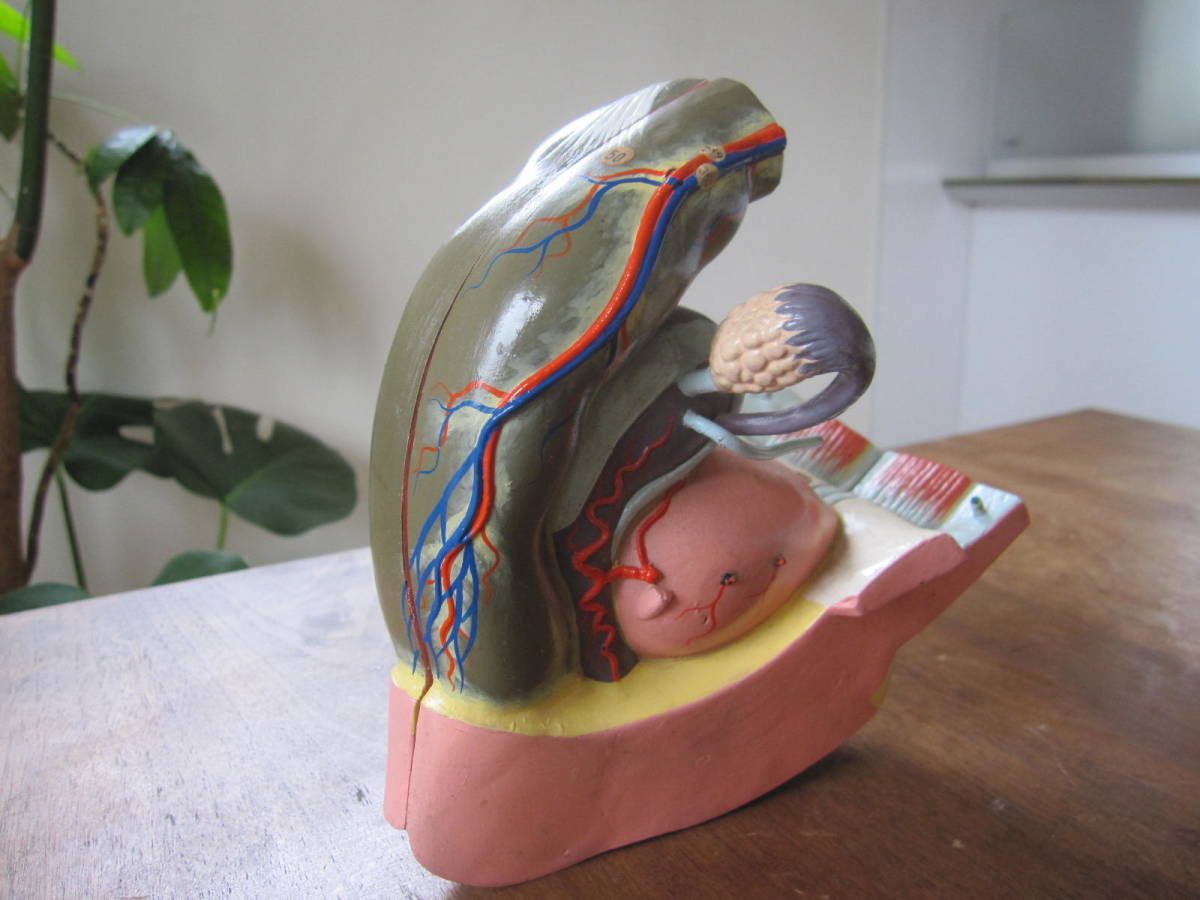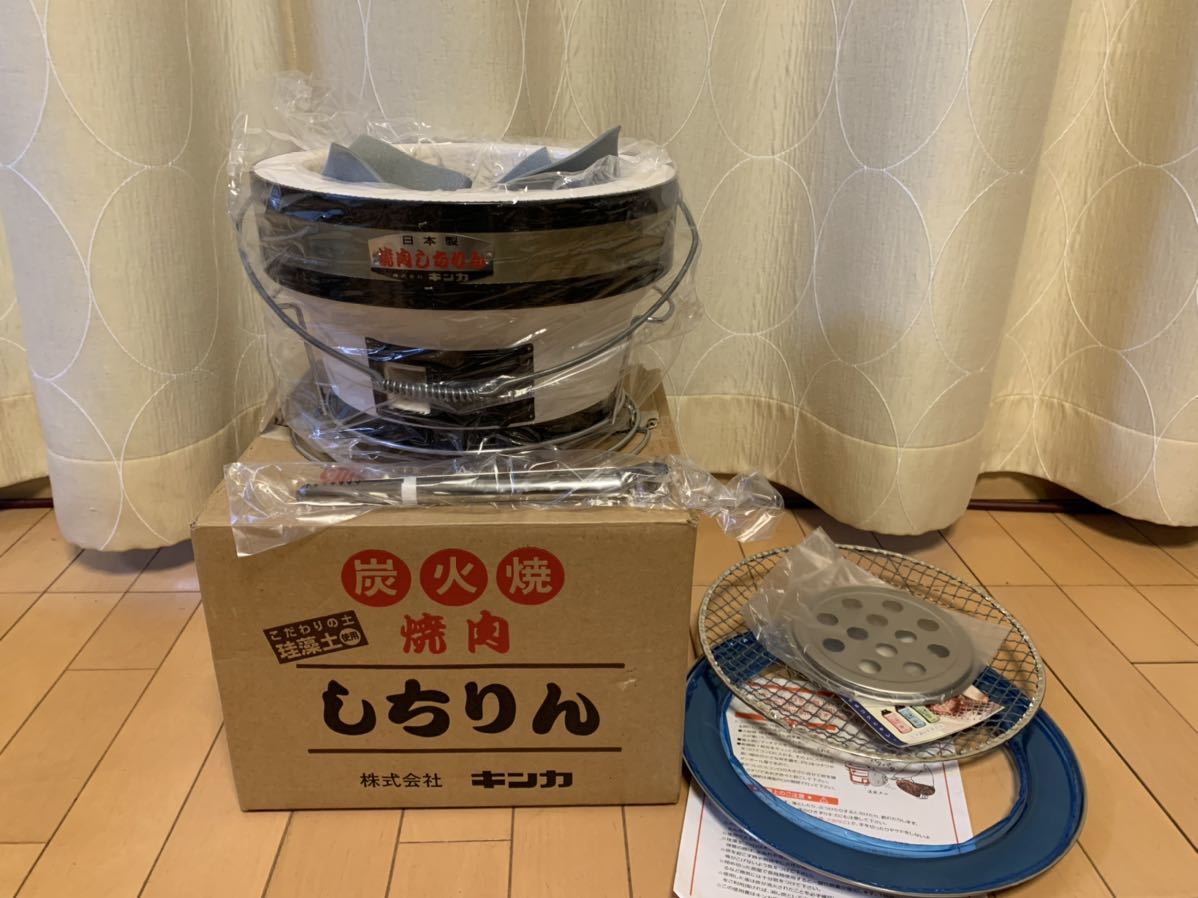
新入荷再入荷
美品 HOUSE OF BLUES ラムレザー シングルライダースジャケット
 タイムセール
タイムセール
終了まで
00
00
00
999円以上お買上げで送料無料(※)
999円以上お買上げで代引き手数料無料
999円以上お買上げで代引き手数料無料
通販と店舗では販売価格や税表示が異なる場合がございます。また店頭ではすでに品切れの場合もございます。予めご了承ください。
商品詳細情報
| 管理番号 | 新品 :16655809 | 発売日 | 2024/09/14 | 定価 | 27,000円 | 型番 | 16655809 | ||
|---|---|---|---|---|---|---|---|---|---|
| カテゴリ | |||||||||
美品 HOUSE OF BLUES ラムレザー シングルライダースジャケット
HOUSE OF BLUESニュージーランドラムレザーシングルライダースジャケットサイズ Lカラー ブラック着丈64 肩幅45.5 胸囲103 そで丈60.5 重量(g)1010100%本革使用です。柔らかく肌馴染みのいいラムレザーで幅広く着回しやすく使い勝手の良いデザインです。 ラムスキンの中でも特に質の高いニュージーランド産が使用された高品質な本革。 ラムと言えばニュージーランドと言われるほど羊の畜産が盛んな国。 重厚感があるのにキメが細く滑らかな手触り。柔らかく、軽やかな仕上がりです。 厳選されたラムレザーは、まるで体の一部になったかのような体にフィットする感覚。 着心地が良いため、レザーを着慣れない方でも着やすく、馴染みやすくなっています。商品の情報カテゴリー : メンズ > ジャケット/アウター > レザージャケット商品のサイズ : Lブランド : ビームス商品の状態 : 目立った傷や汚れなし発送元の地域 : 大阪府





























